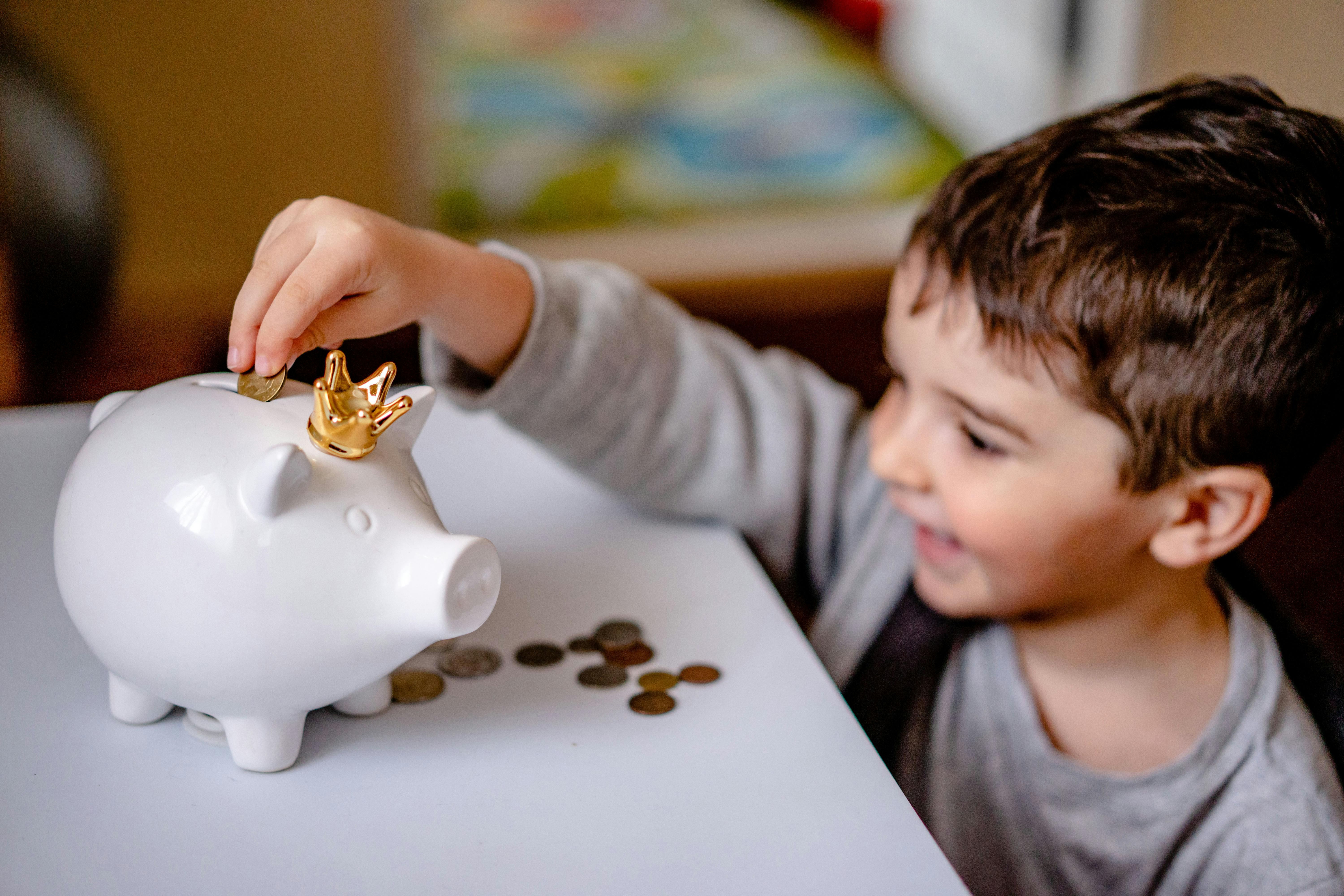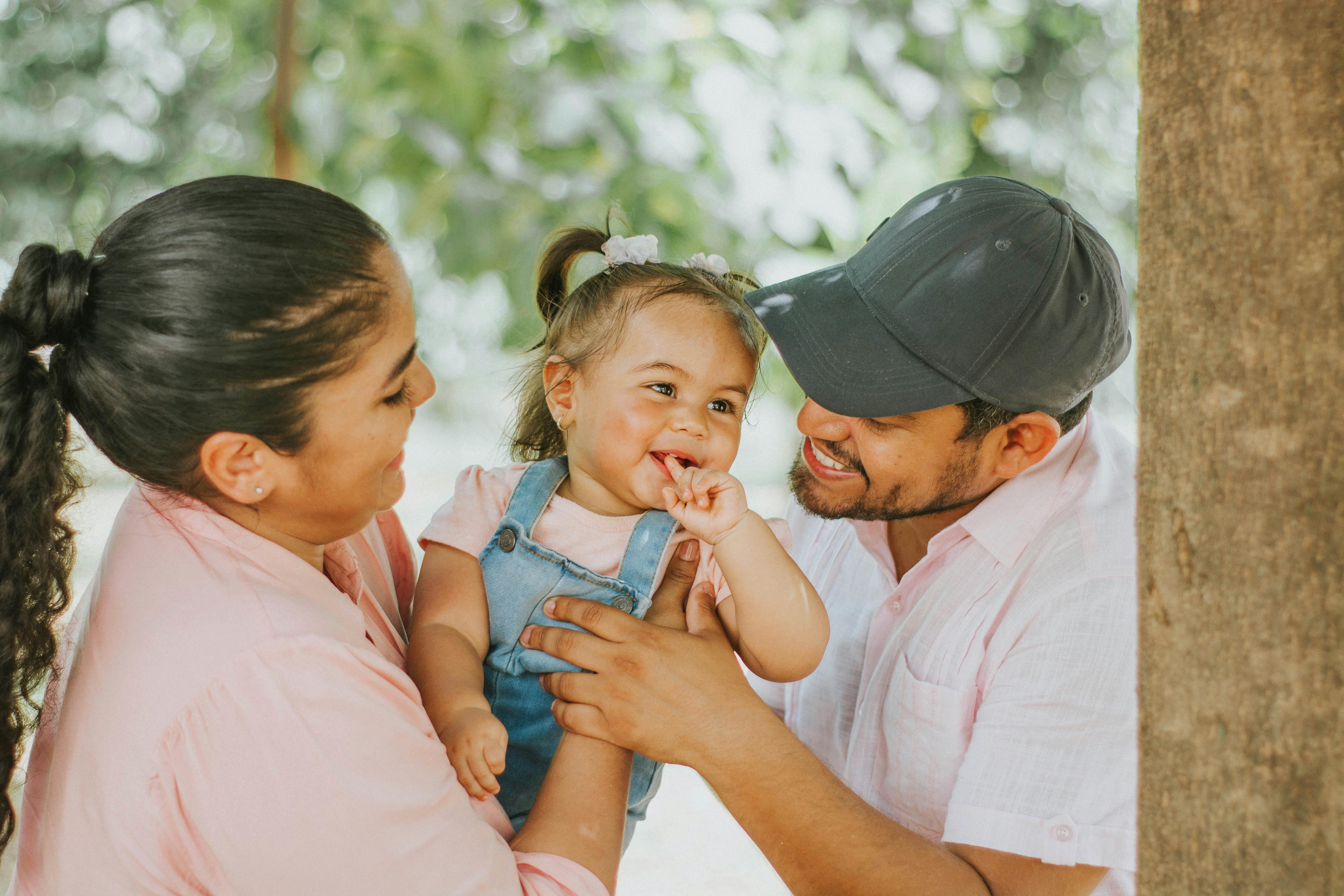Ecuador Savings Made Easy: Simple Family Money Steps for Busy Lives
Let’s be real—if you live in Ecuador, or you’ve just relocated with your family, managing money isn’t some hypothetical concern. It’s daily life. Back before I understood the local rhythms, I’d make the same budgeting mistakes over and over. Ecuador’s dollarized economy feels stable on the surface, but families are still hit with hidden costs, unexpected expenses, and a cost-of-living curve that’s steeper than the Sunday climb up El Panecillo. Honestly? For working parents, financial advice needs to be crystal clear, quick to act on, and sensitive to Ecuador’s realities. That’s what this guide is all about: simple, to-the-point strategies that boost your savings and tame household spending, built for families short on time and patience but long on ambition.
Here’s the deal: You don’t need to become a finance whiz or read complicated bank reports to manage your money better. What families crave are bite-sized, actionable steps grounded in local life—stuff that actually works, not just in New York or London, but right here in Quito, Cuenca, or Guayaquil. I’ve seen clients light up when something finally “clicks”—usually it’s a plain step, a quick hack, or a practical budget fix that works with Ecuadorian banks or the informal cash economy. Let’s get to it.
You’ll leave this guide with 10+ steps any Ecuador family can follow—no matter your income, time constraints, or financial confidence.
Smart Family Budgeting That Actually Sticks
First things first—if you can’t track your cash, it’ll always slip through your fingers. Most Ecuadorian families, according to INEC data1, run their budgets mentally, relying on intuition and routine to get through the month. But here’s what surprised me: written budgets, even ones scribbled quickly on paper, consistently outperform “mental math” by a factor of two—families with any written system save nearly twice as much, regardless of income level2.
Funny thing is, people assume budgets have to be precise or digital. Not in Ecuador. The simplest budget I ever saw was a three-column notebook labeled “Essentials,” “Nice to Haves,” and “Emergencies.” That family—four generations under one roof in Cuenca—tracked spending weekly, not monthly, which helped sidestep late-month surprises.
Did you know? Dollarization has helped Ecuador maintain price stability since 2000—but inflation still creeps in, especially for imported goods and school supplies during back-to-class season3. Families are wise to budget a bit higher for those “spiky” months.
- Start with three categories: basic needs (groceries, utilities, rent), wants (meals out, entertainment), contingency (unexpected doctor, taxi, school fees).
- Review and write down your actual household spending for one average week (not a holiday week, not a crisis week—just “normal” time).
- Set a realistic weekly target for savings—even $3 per week is a win for many families week-over-week.
Here’s where most budget plans fail: they’re too optimistic. Adapt your budget quarterly, not just annually—because, as any parent in Ecuador will tell you, costs for food and utilities shift each season4.
Try this tomorrow: List the top 5 expenses your family faces this week. Circle just one you could reduce by 10% without sacrificing wellbeing. That’s your first mini win.
Cutting Costs Without Sacrificing Joy
Everyone says “cut costs,” but few admit how tough this feels in a culture built on family gatherings, festive meals, and shared time. But what really strikes me is how much savings come from creative swaps—not sacrifices. Three years ago, I learned from an abuela (grandmother) in Loja: her trick was bulk buying with neighbors—rice, beans, even seasonal fruit. It saved each household 15% over shopping solo5.
- Shop open-air markets for local produce—prices are usually 20-30% less than supermarkets, especially on Tuesday and Friday market days in Quito or Ambato.
- Form a “buying group” with neighbors for staples: rice, sugar, cooking oil, cleaning supplies.
- Switch one monthly entertainment habit for a free alternative—swap cinema for a free community festival or hiking trip.
Families who track “joyful” spending (meals out, gifts, events) and swap two per month report greater savings without feelings of deprivation6.
Quick story: last month, a client shifted her weekend outing from a mall lunch to park arepas. The kids complained for a minute—now they ask for it every Saturday (and her food budget dropped 10%).
Building a Reliable Emergency Fund—Even If You’re Struggling
Want a hard truth? Most Ecuadorian families—urban and rural—do not have emergency savings, and the numbers are especially stark for low-income or single-parent homes7. Last year, a local school director told me 60% of her staff would need to borrow for a $200 medical emergency. So, how do you build an emergency pile—even if you’re barely scraping by?
Start your emergency fund with the smallest, most realistic target: $5-$10 per month. Skip the “six months’ income” myth—your first goal is just $50. Next, separate it: put into a basic savings account or a clearly marked jar, 不是 in your regular wallet.
- Set a specific emergency category (“Medical,” “School,” “Transport”)—don’t let it blur into “regular spending.”
- Tell one trusted friend about your goal for accountability.
- Automate savings if possible: arrange a small automatic transfer (even $1) with an Ecuadorian bank’s online portal or app.
- Place emergency money in a different bank or location than your main spending funds.
There’s a mental trick here. Once you physically separate emergency funds—even a modest sum—it tends to stay put, and your family will think twice before dipping into it8.
I’ll be honest—sometimes I’m torn between saving and spending during a crisis. But the families who formalise even tiny savings, and make it visible (“here’s our emergency jar”) tend to weather storms better than those who treat emergencies as “no plan” moments.
| Monthly Savings | Time to $50 Fund | Common Uses | 如何开始 |
|---|---|---|---|
| $5 | 10 months | Minor medical, school fees, utility spike | Set aside cash weekly, jar/box |
| $10 | 5 months | Emergency transit, minor repairs | Bank transfer, separate account |
| $15 | 3.5 months | Special groceries, larger doctor bills | Automated app split (if available) |
Next—don’t let inflation eat your emergency fund alive. Ecuador’s prices for food and medicines crept up 3.5% last year alone9. Adjust your emergency goal upward every six months, even if by just a dollar. It’s the “upward tweak” that keeps saving relevant, not the original number.
Navigating Ecuadorian Banks for Maximum Savings
Okay—let me clarify this up front. Ecuador’s banking system is safe by Latin American standards, but limited in interest rates for small savers. That means you won’t see shockingly high yields—but you will get stability, insurance, and tools that shield funds from impulse spending10. That’s crucial.
- Open a basic savings account (“cuenta de ahorros”) at a major bank—Banco Pichincha, Banco de Guayaquil, or JEP Co-op all offer simple, low-fee options.
- Ask about “programmed savings” plans with automatic monthly transfers—these tend to work better than manual approaches for busy families.
- Check for “no penalty” withdrawal rules—many banks allow one free withdrawal per quarter without losing any bonus interest.
- Review terms carefully: avoid complex “investment products” unless you’re genuinely comfortable with longer lock-in periods.
If distance is a challenge (say you’re rural), research online banking portals—major banks now offer fee-free mobile apps, saving time and taxi fares.
What I should have mentioned: Co-op savings accounts are popular in Ecuador—especially in the Sierra provinces. Their interest rates tend to be slightly higher (up to 4% last year). But ask about deposit insurance, and always get a receipt for each transaction11.
What’s my take? For busy families, simplicity beats fancy terms. One account for emergencies, one for regular spending. Track both monthly, and review balances as a family—kids included. This builds real money habits early.
Adapting to Ecuador’s Economic Seasons
Never underestimate the impact of “seasonality” on your household money. Ecuador’s costs spike during school season, Carnival, Christmas, and back-to-class periods. Employees get bonuses (“decimotercero” and “decimocuarto”) by law, but families overspend those in a flash12. 听起来很熟悉?
- Plan for seasonal spikes: List yearly expenses (“school uniforms,” “holiday meals”) and space larger purchases over two or three paychecks.
- Channel one-third of all holiday bonuses straight to savings before spending.
- Use windfalls (extra income, gifts) to pay down outstanding debts—or stash in your emergency fund.
- Follow community sales cycles: many markets have monthly deals right after major holidays.
Families who “pre-spend” bonuses (marking half for future needs before receiving) report fewer regrets and more stable savings year-round13.

Future-Proofing Family Money Plans
A huge mistake I made my first year consulting in Ecuador? Assuming “future planning” means long-term investments only. But, for busy families, future-proofing is about protecting the next crisis as much as decades ahead. In my experience, the habits that matter most are incremental, visible, and shared with everyone in the household—including children and teens14.
- Update your budget to reflect new goals every six months—think, “What’s changed this year for our family?” Be honest about hits and misses.
- Discuss saving openly: bring everyone to the table (even little ones), so “money talk” is normalized, not shrouded in anxiety.
- Track one new financial habit per quarter: e.g., “Eat at home Sundays” or “Set aside $1 per child per month.” Review as a family—celebrate small wins.
- Prepare a backup plan for income disruption—side gigs, part-time or remote work opportunities have grown all across Ecuador since 202015.
- Maintain copies of key documents (ID, bank details, medical records)—if disaster strikes, quick access prevents financial loss.
Here’s the thing: most Ecuadorian families have at least one “hidden saver”—a grandparent, a sibling—whose quiet, slow accumulation helps everyone bounce back from bad luck. Find that person. Ask them what worked—and reverse-engineer their best tips for your context.
Since 2010, Ecuador’s fastest-growing work categories include market vendors and family-run home businesses. Many families use side hustles as an “emergency backup” that doubles as a savings engine16.
Money Management Mistakes You Can Avoid
- Ignoring “small” expenses: Recurring taxi rides, mid-week treats, ATM fees—they add up unexpectedly.
- Not including every household member in money conversations: If school-age kids ask for money you haven’t budgeted, things will go sideways quickly.
- Relying solely on cash: Digital tracking (even with a basic bank app) prevents missed payments and “accidental” overspending.
- Overspending bonuses: Treat annual bonuses like regular income and immediately split the deposit.
- Leaving savings out of sight: If you don’t see it, you forget it. Make savings visible in your daily routine.
Here’s a basic plan anyone can adapt—and I genuinely recommend starting now:
| 步 | 行动 | 实施时间 | Expected Result |
|---|---|---|---|
| 1 | Weekly written budget | 30 minutes | 20% expense reduction |
| 2 | Automate $5 monthly savings | 15 minutes | Emergency fund starts |
| 3 | Swap one paid activity for a free one | 10 minutes | Immediate mood + savings lift |
| 4 | Quarterly family money talk | 45 minutes | Better teamwork, fewer arguments |
I go back and forth about digital tools vs. pen and paper, but the strongest results always correlate with a visible, shared family process—a notebook taped to the fridge still works wonders.
Featured Questions Families Keep Asking
- Can I boost savings with a small income? Yes—start with $1 per week, set rules for windfalls, include everyone in the family process.
- How do I avoid bank fees? Compare major banks, choose basic accounts, avoid frequent small withdrawals, ask for fee-free electronic statements\xa017.
- Should kids have their own savings? Absolutely—practicing together builds skills and confidence before adulthood.
- Is barter or trade useful for saving? In many communities, yes: swap childcare, rides, or household items—just keep track for budget accuracy.
Share this article with your family—ask everyone for one savings idea they’d actually enjoy. If it sounds fun, give it a try this weekend.
Wrapping Up: Authentic Savings for Real Ecuadorian Families
If there’s one thing I’ve learned—both from years consulting and surviving my own family budget rollercoaster—it’s that simplicity and shared involvement are way, way better than complex financial plans you’ll never follow. Ecuador’s economic seasons, banking quirks, and family-driven culture all present unique roadblocks. But most solutions are surprisingly universal—visible budgets, tiny emergency funds, community savings habits, and quarterly family talks. Not “magic,” but proven steps anyone can adapt regardless of income or confidence.
On second thought, let me emphasise: Where possible, adapt advice to your reality, not just your ambitions. Set micro-goals you’ll keep, not macro-plans you’ll ditch. Celebrate small wins—those $2 weekly savings, free concerts, or household barter cycles add up to real resilience over time. The more you integrate money management into everyday conversation, the stronger your family’s financial “muscles” grow.
Start this week. Pick one step—a quick budget note on your fridge, a $1 saving in a box, or a swap of Sunday outings. Share results with those around you. That’s real momentum.
可靠来源和进一步阅读
参考



